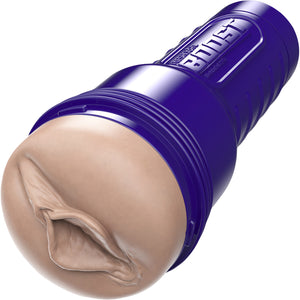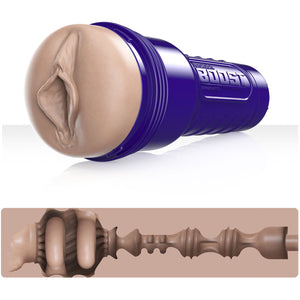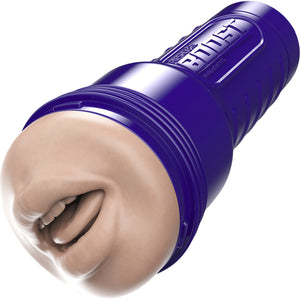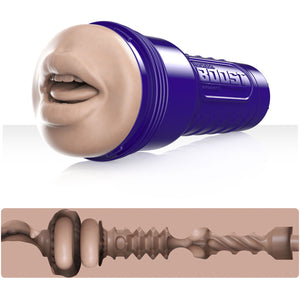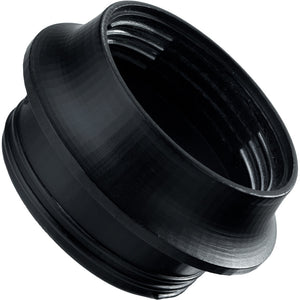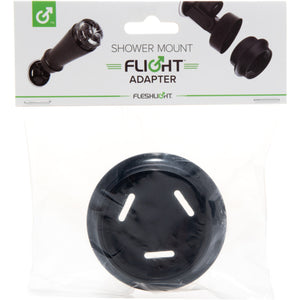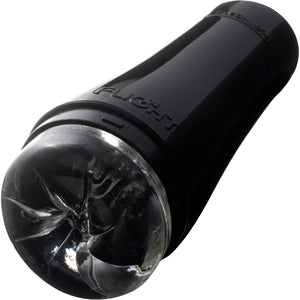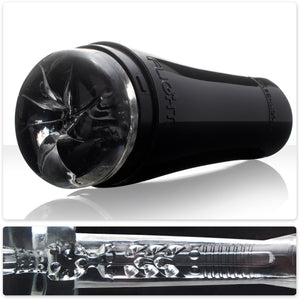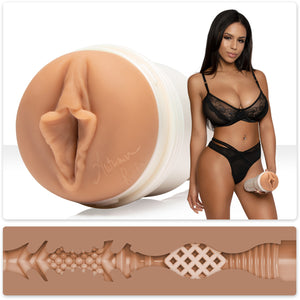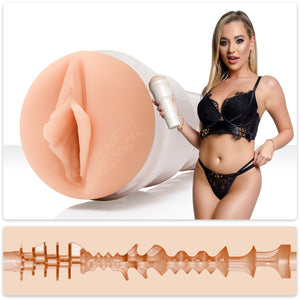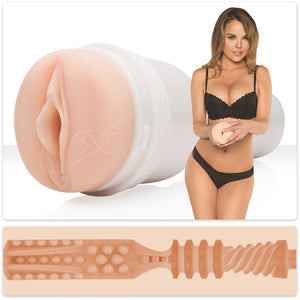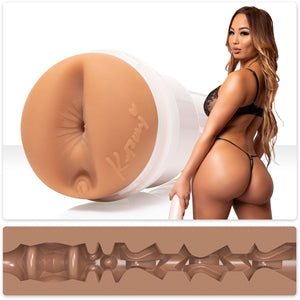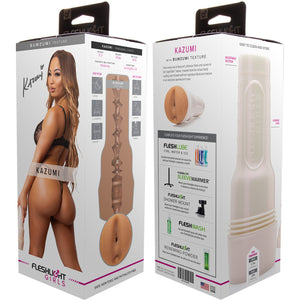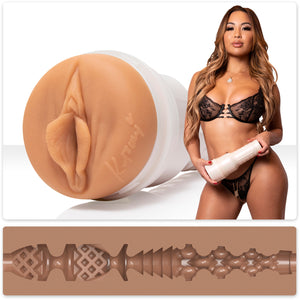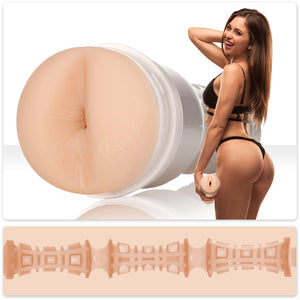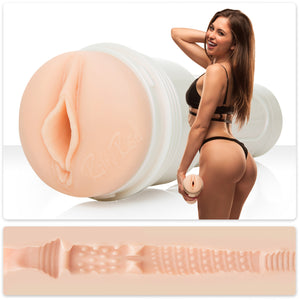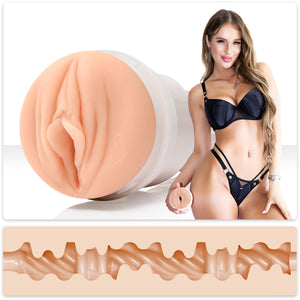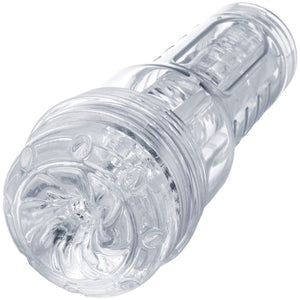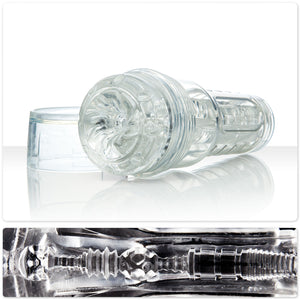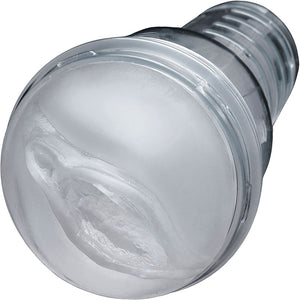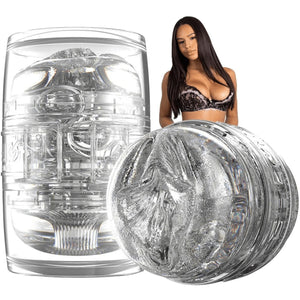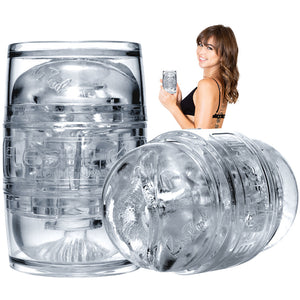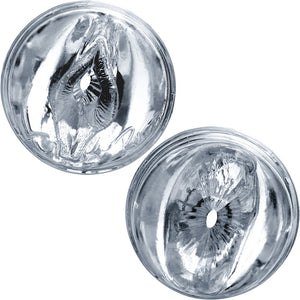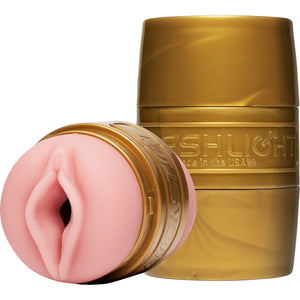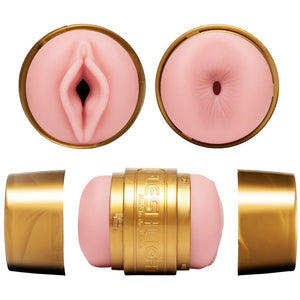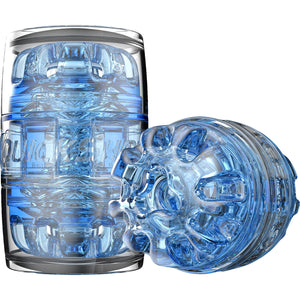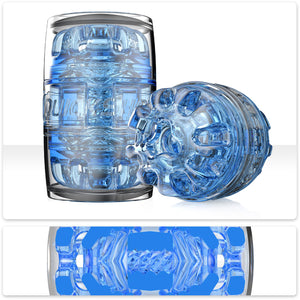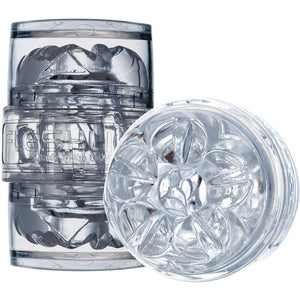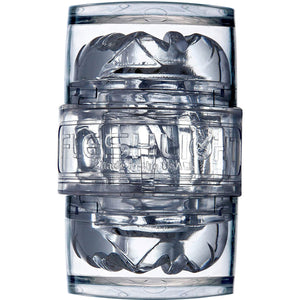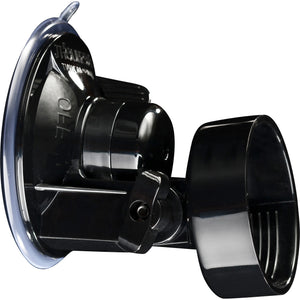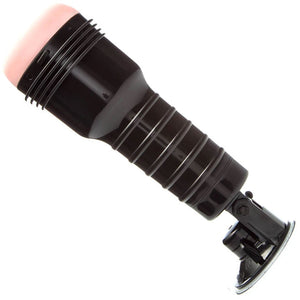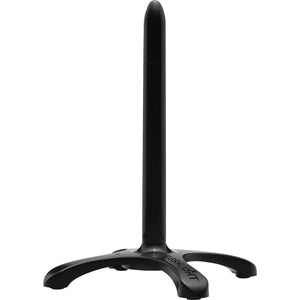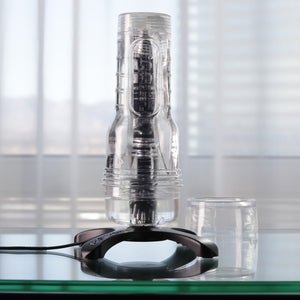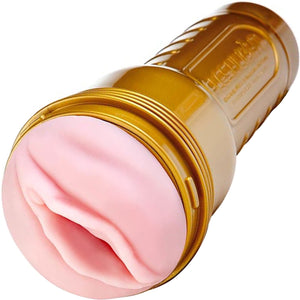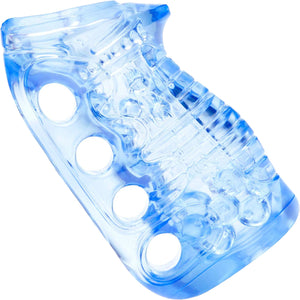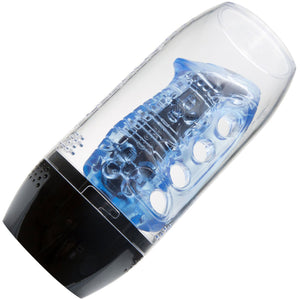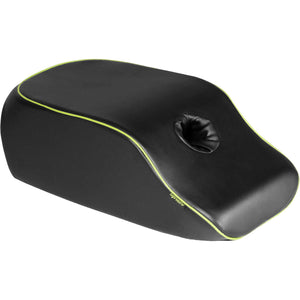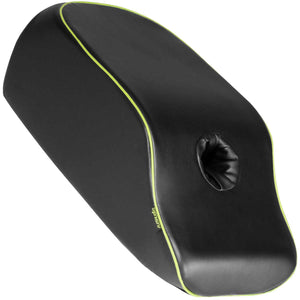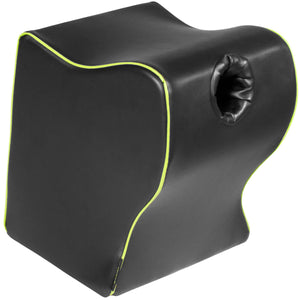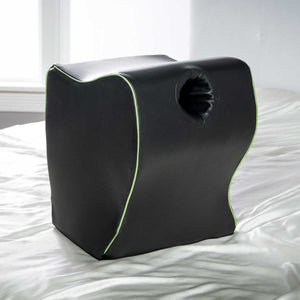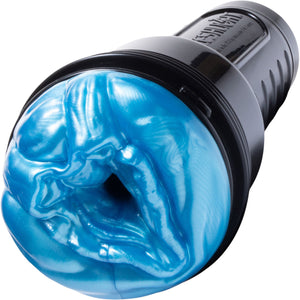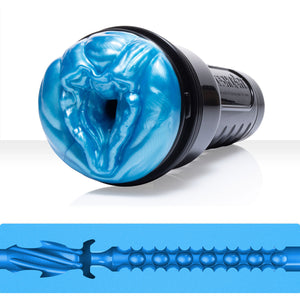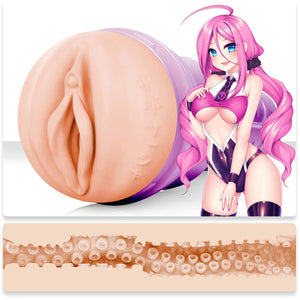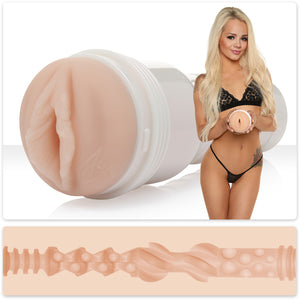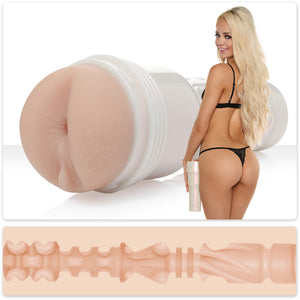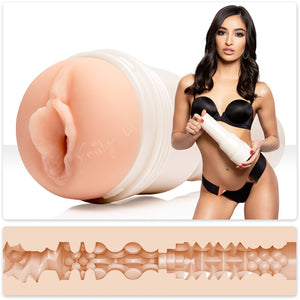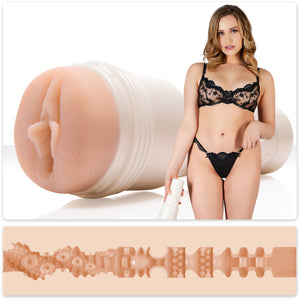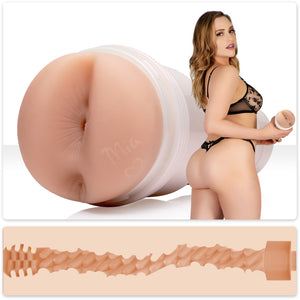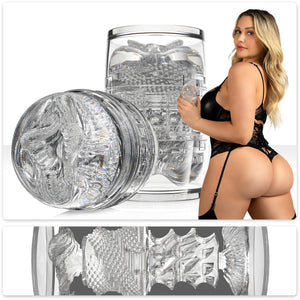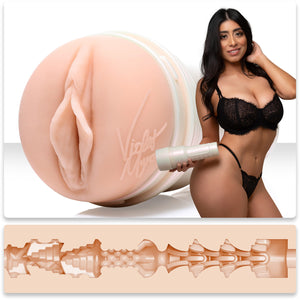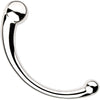
Anal sex can be a simultaneously alluring and intimidating prospect to the inexperienced player, and the main concern sex educators hear is worry that it could hurt. Responsible anal play shouldn’t cause consistent or prolonged pain to the bottom. Learning to decipher anal pain and how to prevent and proceed beyond it is a key skill for anyone hoping to experience anal pleasure. If you’ve ever wondered, “Why does anal hurt?” You may find some answers here.
The first stop in your journey is learning to distinguish between discomfort or minor pain that requires a change in play vs. the kind of pain that means you need to redirect your play away from the anus for the day, then learning the steps one can take to reduce anal tension and discomfort.
Pain is highly subjective, so the bottom line is that if you’re feeling pain, or you’re concerned about how something feels, you are the one who calls the shots on when to quit. If you don’t like the way your butt feels, that means stop! The easiest way to protect your anal health is to heed what your body is telling you and try a different avenue of play until your butt feels better.
The feeling of friction causing discomfort in your anal play typically means to take a short break and add more lube; with some relaxation before re-insertion, you should be able to continue playing as long as the pain doesn’t return. A particular spot causing persistent pain, even when your insertable isn’t moving or isn’t inside you, is a sign you should call it quits for the day.
Remember that sizing down can also be an easy way to get the anal stimulation you’re seeking with less of the pain. Anal training kits are fantastic aids for this, with plenty of size variety.
If severe pain occurs, if it feels like the continuity of your rectum is disrupted, or if just flexing your pelvic floor causes pain, you may have an anal tear or fissure. You absolutely shouldn’t try to keep playing if a tear is suspected. Give it time to heal before attempting anal play again, so it doesn’t worsen. Tears in the rectal lining can also be an avenue for bloodborne infections, and severe anal tears can feel excruciating if the tear worsens. While tearing can often happen internally, you may notice signs of it on the outside too in the form of a crack in the skin around the anus.
If you are suffering from a hemorrhoid, you can typically see and feel it if the hemorrhoid is positioned externally, often right up against your anus or partially inside. A hemorrhoid may feel like a small, sore lump of flesh that may cause itching, irritation, or pain while sitting, using the toilet, or attempting anal penetration of any sort. Hemorrhoids, like tears, may bleed when you use the restroom or otherwise irritate them. If you have a hemorrhoid, it’s a better idea to wait for it to recede before you engage in anal play.
To reiterate an essential, earlier point: Pain is highly subjective, so if something feels off, stop! This is why anal numbing products are not recommended for anal play, and neither is using substances to dull your awareness of the sensation. Pain is your body’s way of telling you something is wrong and needs to change or stop; if you can’t feel it, you don’t know when you need to stop, and you’ll be more sore and worse for wear once the numbing agent wears off. The real tricks to removing pain from anal sex are mostly simple, and don’t involve numbness at all: relaxing and waiting, adding pleasure, and re-lubing.
Relaxation and waiting are the first techniques to have on-hand in your arsenal. Learning to relax your pelvic floor voluntarily is one of the most helpful skills you’ll ever acquire for anal. Slowing down and waiting to see if the pain abates is the first thing to try when you begin experiencing anal pain.
Pushing yourself through pain doesn’t just make it harder to enjoy anal when the pain occurs, but after as well - your body remembers pain and trauma, and your butt is going to remember that having something inside hurt, making it more difficult for you to relax in the future. Don’t make it more difficult to reach your rectal goals by working through pain - go around it!
Your pelvic muscles clench up when you’re stressed, so it’s in your best interest to relieve some stress before you attempt anal. Take time to unwind first with meditating, playing music, showering, or box breathing. These activities can also create opportunities to spend time with your partner before the sex starts, like an apéritif.
Foreplay is another great way you or your partner can get your butt relaxed for anal penetration. Analingus is a popular choice to get partners prepared for butt stuff, but a lubed finger or toy teasing and gently massaging the sphincter can work wonders for coaxing the muscles into readiness.
Foreplay of this nature can also be incredibly effective because it incorporates another effective anal relaxation method: adding pleasure. Adding sensation you already enjoy can help you relax and associate anal penetration with good feelings rather than pain, worry, or discomfort. Wand vibrators like the Magic Wand are a great way to stimulate another part of your body while you’re waiting to become accustomed to the sensation of anal penetration.
You may also benefit in combating anal discomfort by adding lube or changing the type of lube you use: a thicker water-based lube like Sliquid Sassy or a longer-lasting silicone anal lube such as Pjur’s Analyse Me may be more comfortable for the rectum than what you prefer for other parts of your body. The real key here is to consider what you’ll penetrate yourself with: if you have silicone butt toys, they technically shouldn’t be combined with silicone lube. Oil-based lubricants like Boy Butter are well-loved by some anal enthusiasts, but aren’t compatible with anything made of latex - which means latex condoms and toys will break down.
So much more can be said about having the right lube, but what we’re primarily concerned with in this guide is what you’re doing with it: adding more. If you’re detecting friction or general discomfort, slowly remove what’s inside you and add more lube! If you find the addition of lube doesn’t abate your immediate discomfort, consider the benefits of sizing down to a smaller toy, like small anal beads, or fewer fingers. You may need to spend more time training at a smaller size.
There are many reasons to explore anal play, but there’s no reason to suffer in the process. Listening to our bodies and really taking time to ease into anal with some of these techniques is one of the best ways to proactively ward against a sore, seized-up sphincter, so you can safely enjoy the stimulation you seek.

